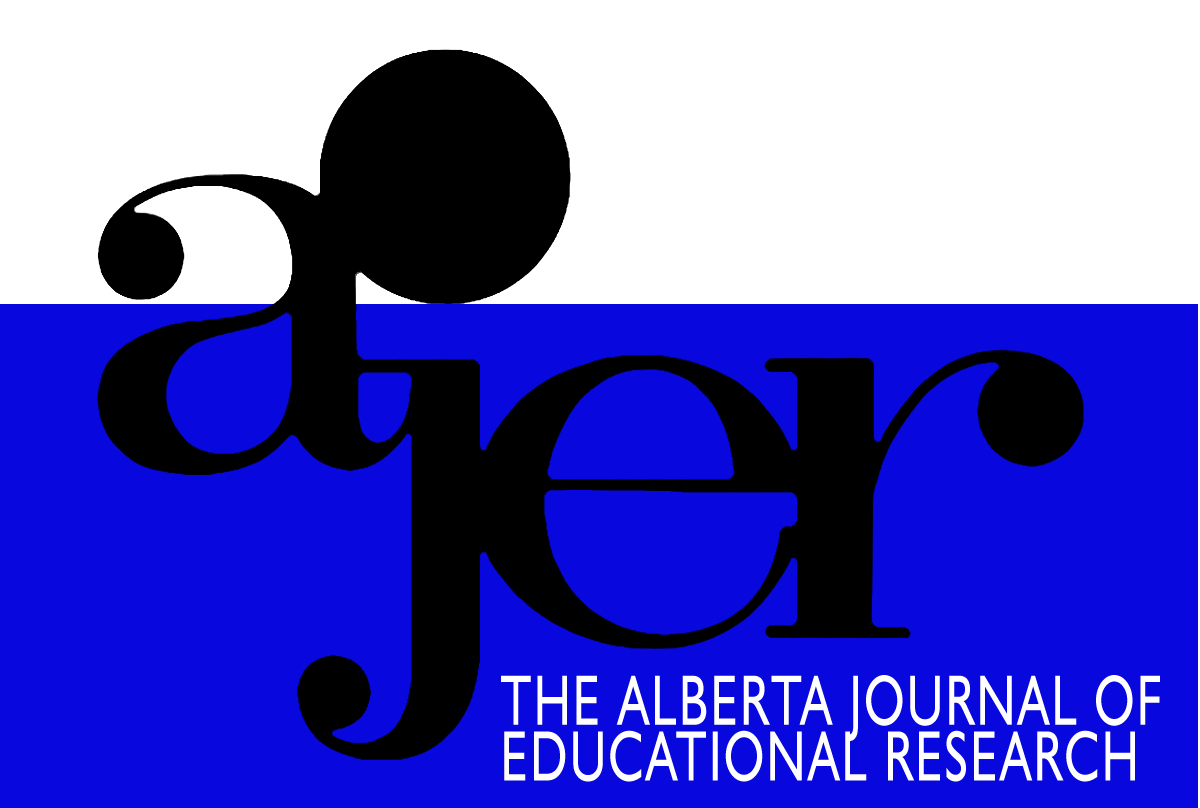Fairness in Computerized Testing: Detecting Item Bias using CATSIB with Impact Present
DOI:
https://doi.org/10.55016/ojs/ajer.v59i4.55750Keywords:
Assessment, Fairness, Equity, Differential Item Functioning (DIF), Computer Adaptive Test (CAT), évaluation, impartialité, équité, fonctionnement différentiel d’items, examen informatisé adaptatifAbstract
In educational assessment, there is an increasing demand for tailoring assessments to individual examinees through computer adaptive tests (CAT). As such, it is particularly important toinvestigate the fairness of these adaptive testing processes, which require theinvestigation of differential item function (DIF) to yield information about itembias. The performance of CATSIB, a revision of SIBTEST to accommodate CATresponses, in detecting DIF in a multi-stage adaptive testing (MST) environmentis investigated in the present study. Specifically, the power and type I error rates on directional DIF detection of an MST environment when positive and negative impact, group ability differences, was investigated using simulation procedures. The results revealed that CATSIB performed relatively well in identifying the items with DIF when characteristics of the group and items were known. Testing companies are able to use these results to enhance test items which provide students with fair and equitable adaptive testing environments.
Dans le domaine de l’évaluation pédagogique, il existe une demande croissante pour personnaliser les évaluations par l’adoption d’examens informatisés adaptatifs (CAT : computer adaptive test). Ainsi, il est important de se pencher sur l’équité de ces processus adaptatifs appliqués aux évaluations; ceci exige la détection du fonctionnement différentiel d’items de sorte à déterminer le biais d’item. L’étude présente porte sur le rendement de la procédure CATSIB, et une révision de la procédure SIBTEST pour accommoder les réponses aux examens informatisés adaptatifs et détecter le fonctionnement différentiel d’items dans un environnement d’examens adaptatifs à plusieurs étapes. Les résultats indiquent que la procédure CATSIB a fonctionné relativement bien dans l’identification des items avec un fonctionnement différentiel quand les caractéristiques du groupe et des items étaient connues. Les intervenants en évaluations pourront se servir de ces résultats pour améliorer les items des évaluations de sorte à offrir aux étudiants des examens adaptatifs équitables.
Downloads
Downloads
Published
How to Cite
Issue
Section
License
UNIVERSITY OF ALBERTA COPYRIGHT LICENSE AND PUBLICATION AGREEMENT
If accepted, authors will be asked to sign a copyright agreement with the following points:
A. Where there is any inconsistency between this Copyright License and Publication Agreement and any other document or agreement in relation to the same subject matter, the terms of this Agreement shall govern.
B. This document sets out the rights you are granting in relation to publication of your article, book review, or research note entitled (the “Article”) through inclusion in the academic journal titled Alberta Journal of Educational Research (the “Journal”) published through the Faculty of Education, representing the Governors of the University of Alberta (the “Journal Editor”).
C. There will be no payment to you for this publication and grant of rights. In consideration of the agreement to publish the Article in the Journal:
1. You are warranting that:
- the content of the Article is your original work, and its content does not contain any material infringing the copyright of others; or, where the Article is not entirely your original work, you have obtained all necessary permissions in writing to grant the rights you are giving in this agreement;
- the content of the Article does not contain any material that is defamatory of, or violates the privacy rights of, or discloses the confidential information of, any other person;
- the Article has not been published elsewhere in whole or in part, and you will not allow publication of the Article elsewhere without the consent of the Journal Editor;
- the names of all co-authors and contributors to the Article are:
2. You agree to license the copyright in the Article to the Journal Editor, on a worldwide, perpetual, royalty free basis; and to the extent required by the terms of this agreement. You shall retain the right at all times to be acknowledged as the/an author of the Article.
3. You further agree that the Journal Editor has the entitlement to deal with the Article as the Journal Editor sees fit, and including in the following manner;
- The right to print, publish, market, communicate and distribute the Article and the Journal, in this and any subsequent editions, in all media (including electronic media), in all languages, and in all territories, ing the full term of copyright, and including any form of the Article separated from the Journal, such as in a database, abstract, offprint, translation or otherwise, and to authorize third parties to do so;
- The right to register copyright of the Journal;
- The right to edit the Article, to conform to editorial policy as the Journal Editor sees fit.
4. If any co-author or contributor to the Article does not sign this agreement, the Journal Editor reserves the right to refuse to publish the Article.



